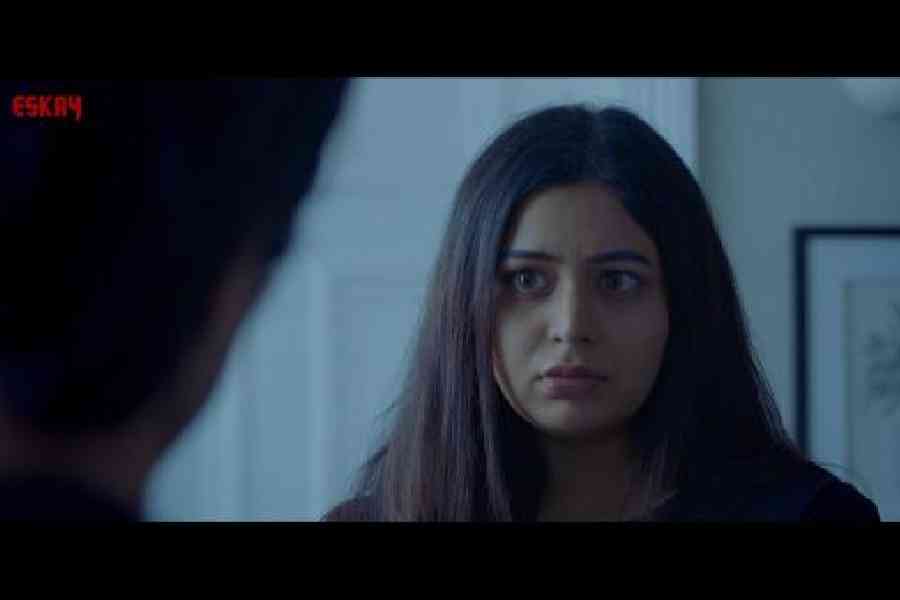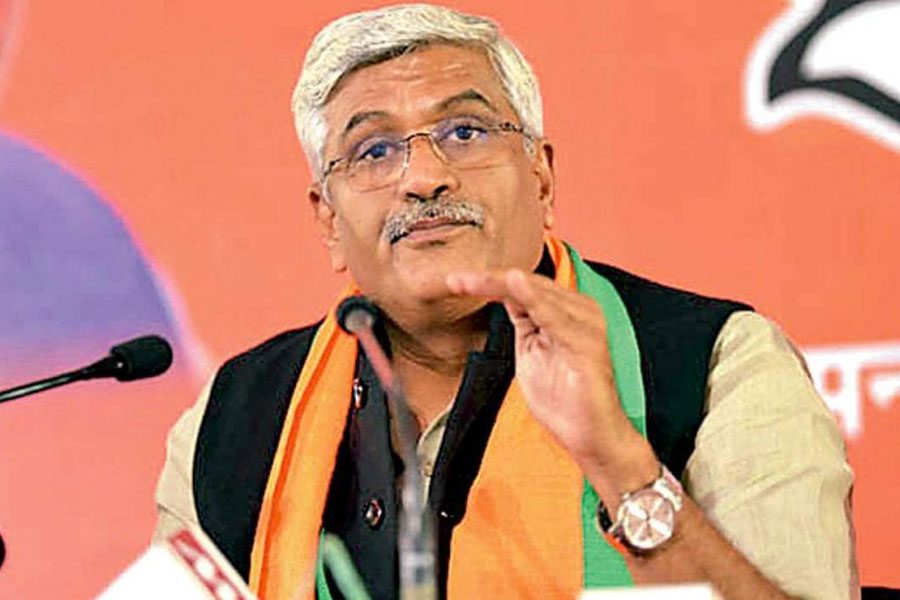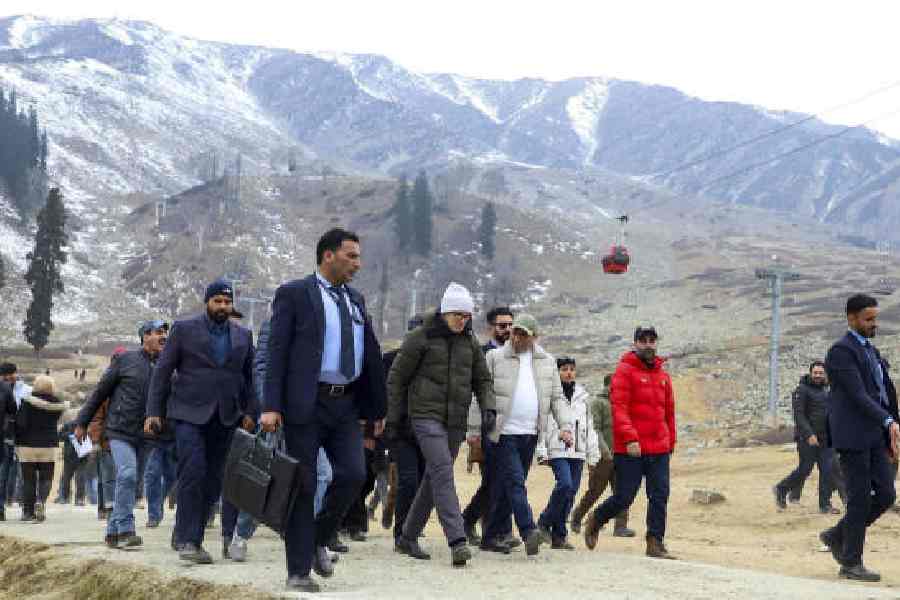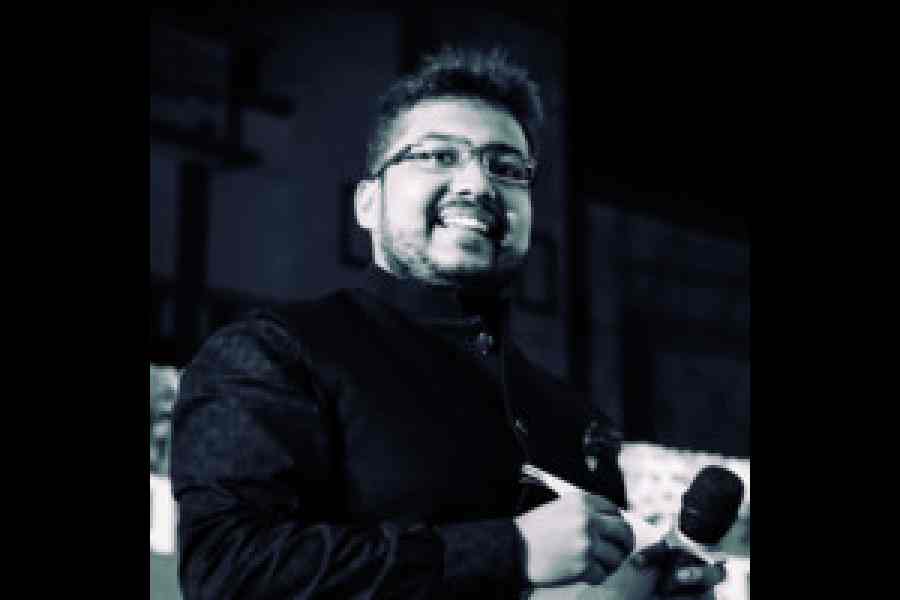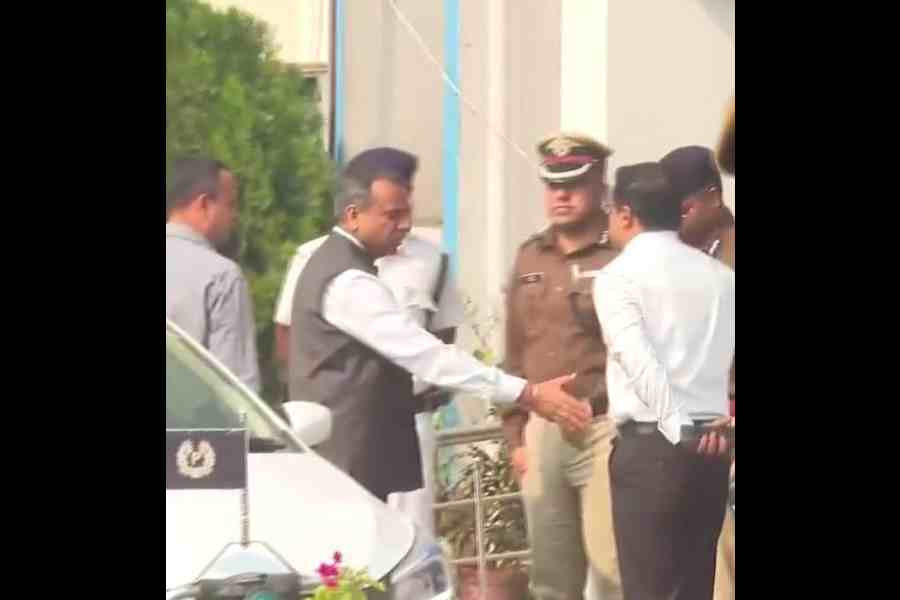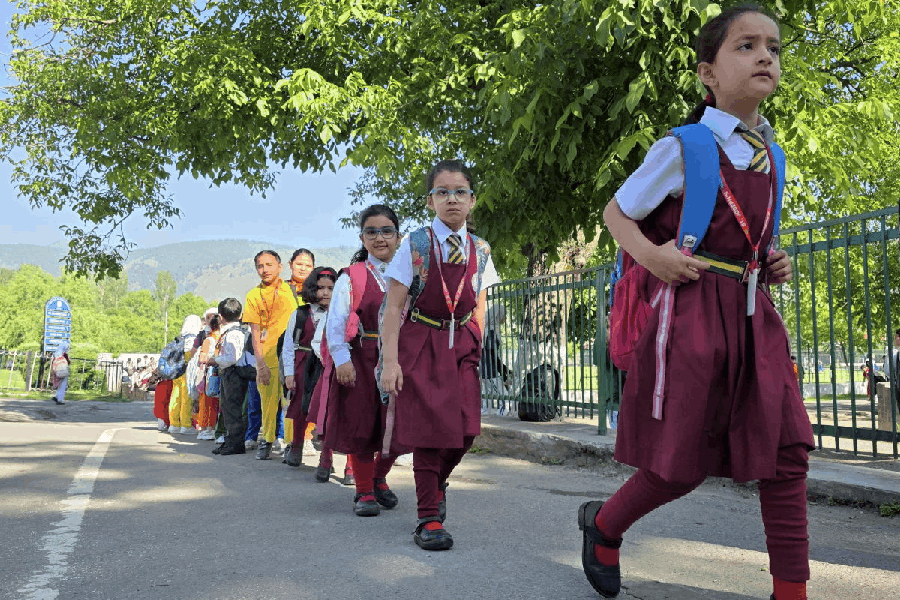In Grihostho, Ritabhari Chakraborty portrays the protagonist Aparna, who due to past trauma, becomes excessively protective of her child, leading her to self-medicate and take extreme measures when perceiving threats. Her paranoia intensifies when she witnesses a murder through a CCTV camera, setting off a chain of events that drives the film’s psychological tension. As the plot unfolds, Aparna’s mental state deteriorates, raising questions about what is real and what is a product of her paranoia. The film delves into her psychological struggles while also portraying the impact of her fears on her family dynamics. In a chat, Ritabhari delves into her role in Grihostho, the psychological thriller directed by Mainak Bhaumik...
Grihostho has a very distinct visual style. How did that influence your performance?
You’ll notice how sometimes you’re inside the protagonist’s mind, and sometimes you’re observing her from the outside. When you’re in her head, everything is distorted, overlapping, and nonlinear. That’s why the imagery is often hazy or fragmented. Mainak wanted to show the cycle of her grief — she’s unable to sleep, she watches her neighbour obsessively on CCTV, and she constantly circles back to her own anguish. This grief is central to her character. Even when she’s panicked or suspicious, that underlying sorrow never leaves her. That’s why every detail — the dull lighting, the muted evening blue tones — was designed to keep her sadness intact.
Your character’s appearance in the film is quite raw, breaking away from conventional beauty standards.
This woman is disturbed. To play her convincingly, I couldn’t afford to let my own sophistication seep into the role. Mainak made sure the camera was intrusive — getting uncomfortably close, exposing my pores, my dark circles. There was no makeup to soften the look. The aim was to make the audience uncomfortable. We’re used to seeing women presented in a polished, palatable way. But here, she’s not meant to be easy on the eyes. She’s meant to make you uneasy, to pull you into her paranoia.
Did playing such an intense role affect you emotionally?
Oh, absolutely. I didn’t have much turnaround time between projects, and I found myself carrying the weight of this role. There was a particular moment while shooting a delivery scene where I had a full-blown panic attack in front of the crew. I started shaking uncontrollably.
I remember turning to my manager and saying, ‘I’m an actor, I should be fine’, but my body just refused to cooperate. It was overwhelming. That day, my partner was visiting, and he had to help calm me down. I still finished the scene, but that moment really showed me how much the character had seeped into me.
Do you always immerse yourself so deeply in a role?
I try to. I believe that if I tap into my own emotions, my own wounds, I can bring more authenticity to my performance. But it’s not always a healthy process. I used to think that mining my own pain would bring me closure, but that’s not necessarily true.
At UCLA, my acting instructor, Elizabeth, once told me, If you can access emotions without suffering, you’ll mine gold. That’s what I strive for now. It’s a delicate balance — feeling deeply but not letting it consume you.
What was it like watching yourself on screen?
I actually watched the film properly for the first time at the premiere. Before that, I had only seen parts of it while dubbing, and that too without the music or final edits. As an audience member, I was engaged because I love thrillers. But as an actor? I’m always my harshest critic. The moment the film ended, people came up to congratulate me, telling me they loved my performance. I thanked them, but in my head, I was thinking, ‘What are they talking about? Could I have done that better? Why did I move my hands so much in that scene?’ This happens with every film I do. There are always two voices in my head — one saying, ‘That was good’, and the other dismissing it, saying, ‘Whatever.’
So when you were approached for the film, how long back was that? And when did the shooting begin?
It was very quick. I think in early 2023, just before my previous project was about to release — that’s when Himanshu reached out. He mentioned they had planned a film with Mainak, and I had always wanted to work with him. I’m just not someone who can very comfortably go up to people and say, ‘I want to work with you.’ Yeah, I need to work on that, you know, reaching out to people and telling them. But I’ve always liked Mainak’s work and felt that I wanted to be a part of his projects. Then, Himanshu (Dhanuka) said they were mounting a film with him, and they wanted me as the lead.
That must have been exciting!
Oh, I was thrilled! I wanted to know the story, the script, everything. So, Mainak sent me the script. I read it, called him back, and I asked, ‘Will they really let you make this?’ Because I understood the subject, the depth, and the layers. But I also thought, ‘Isn’t this a bit much for our audience?’
Right. It’s quite nuanced.
Exactly! There’s so much that’s left unsaid in the film. One has to figure things out by watching and feeling it. The treatment is very unique. I even asked him, ‘Are you sure? Won’t people think it’s too much?’ And he said, ‘One has to give it a try. How else would you know if people are willing to accept it or not?’
Speaking of psychological thrillers, you mentioned being a fan of the genre. We noticed some similarities between Grihostho and The Woman in the Window. Did you watch that film before reading the script?
Yes! Other than the idea that both protagonists see something happening in their neighbour’s house, the plot and story are quite different. It’s like comparing it to Rear Window — the theme of watching someone else, trying to decipher reality. I love these kinds of stories.
So you’re quite the thriller buff?
Oh, absolutely! I keep up with authors like Lisa Jewell and Paula Hawkins. If I were to count the psychological thrillers I’ve read, I think the list would be much longer than the ones I’ve watched. Books don’t hold back — films do. Films tend to water things down for audiences, but books can go as dark and twisted as they want. That’s why I’ve always been drawn to them.
Did you always want to play a role like this? Or did this project just come at the right time?
I’ve always wanted to play different kinds of characters. Books have always inspired me more than movies because they delve so deep into character psychology.
I love characters who are paranoid, unreliable, complex. I once read a book called The Therapist, where the husband disappears, leaves a voice message saying everything is fine, and then never comes back. The wife is stuck in this limbo, not knowing if he’s dead or alive. That kind of story gets under my skin. When I read it, I was biting my nails thinking, “What would I do in this situation?” I love that kind of immersion.
Do you see yourself writing more in the future?
Oh, absolutely! I have written before. I co-wrote Naked with Kalki Koechlin, which came from my own experience of cyberbullying. I also wrote Fool for Love, a short film I shot with Anurag Kashyap as a tribute to Sam Shepard. I do write scripts, but whether they’ll be made into films is another thing. If they do get made, they’ll either be thrillers or deeply soulful films.
How do you feel about Grihostho in the larger landscape of Indian cinema?
The audience here isn’t used to this kind of psychological storytelling. Grihostho takes a different approach — it’s not just about solving a mystery, it’s about living inside a fractured mind. That’s unfamiliar territory for many viewers. But the fact that we’ve started something new is exciting. Whether people love it or find it unsettling, at least we’ve begun the conversation. Now, we’ll see how it unfolds. If you’re a thriller buff or a cinephile who enjoys content that challenges you, then Grihostho is a must-watch. I also want to thank everyone who has already watched it and shared their thoughts. The feedback has been wonderful so far, and I’m really grateful for that. It’s not the usual kind of project we keep doing. The expectations, the process, the soul of the film — it’s all been different. So it will always be special to me.

